Poline is the most beautiful color scheme generating tool I’ve ever seen. It did take me a bit to figure out how to use it, so I’m sharing a little guide to how to use […]
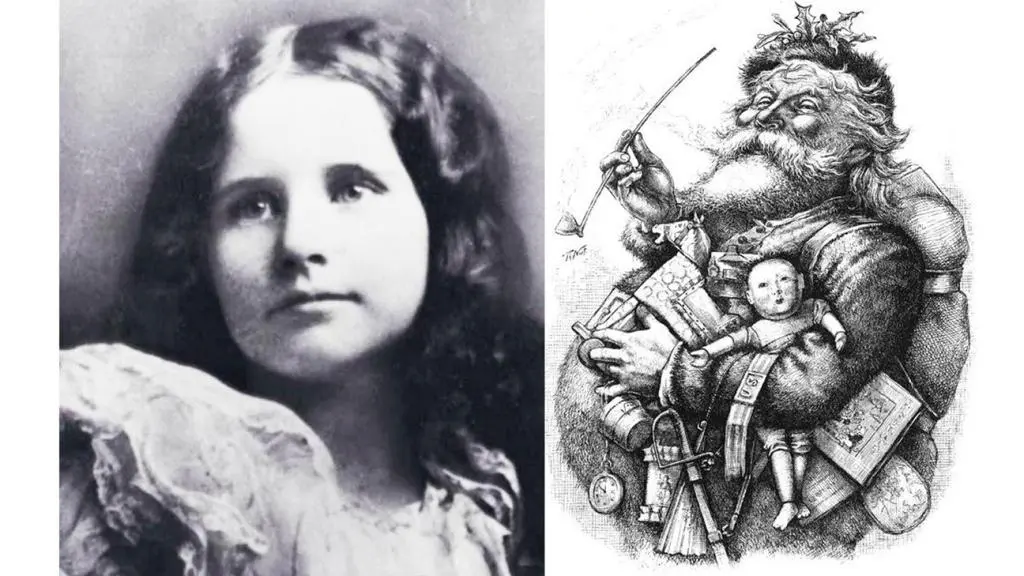
Yes, Virginia There is a Santa Claus Christmas Activity
Looking for a Christmas Activity with “Yes Virginia, There is a Santa Claus”? This reading activity on the famous editorial from The Sun Newspaper, has students read and discuss the editorial. It’s a great way to introduce […]

Using Minecraft as a Teaching Tool
This post is part of my work in the 2022 Minecraft EVO MOOC, some reflections on using Minecraft as a teaching tool. My own journey with Minecraft has always been tied to my students, if […]
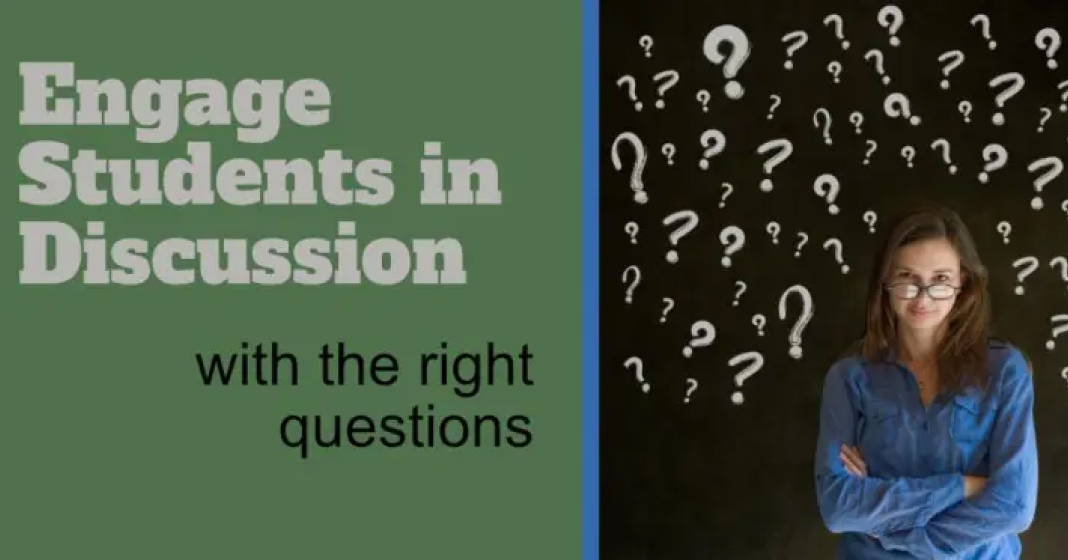
Engage Students in Discussion With the Right Questions
Asking questions happens to be one of my favorite things to do. I used to run a discussion club in Kazakhstan where students could just come and chat about some topic or another. It was […]

How to Read EPUBS
When you buy ebooks through the Kindle store or iBooks or a similar marketplace, you can open and read them quite easily. However, when you download epubs from a website like ours, you have to […]
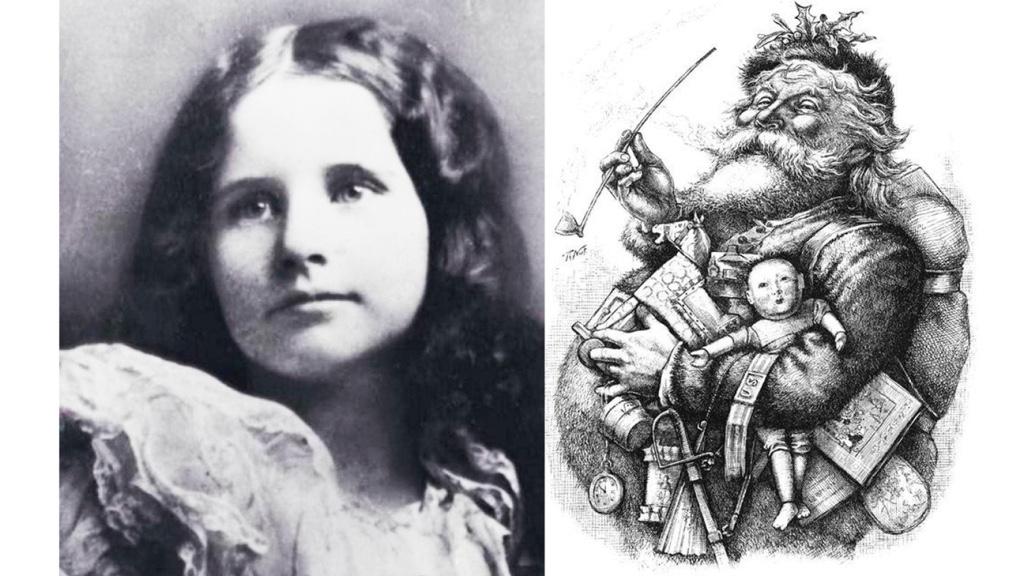
Yes, Virginia There is a Santa Claus Christmas Activity
Looking for a Christmas Activity with “Yes Virginia, There is a Santa Claus”? This reading activity on the famous editorial from The Sun Newspaper, has students read and discuss the editorial. It’s a great way […]
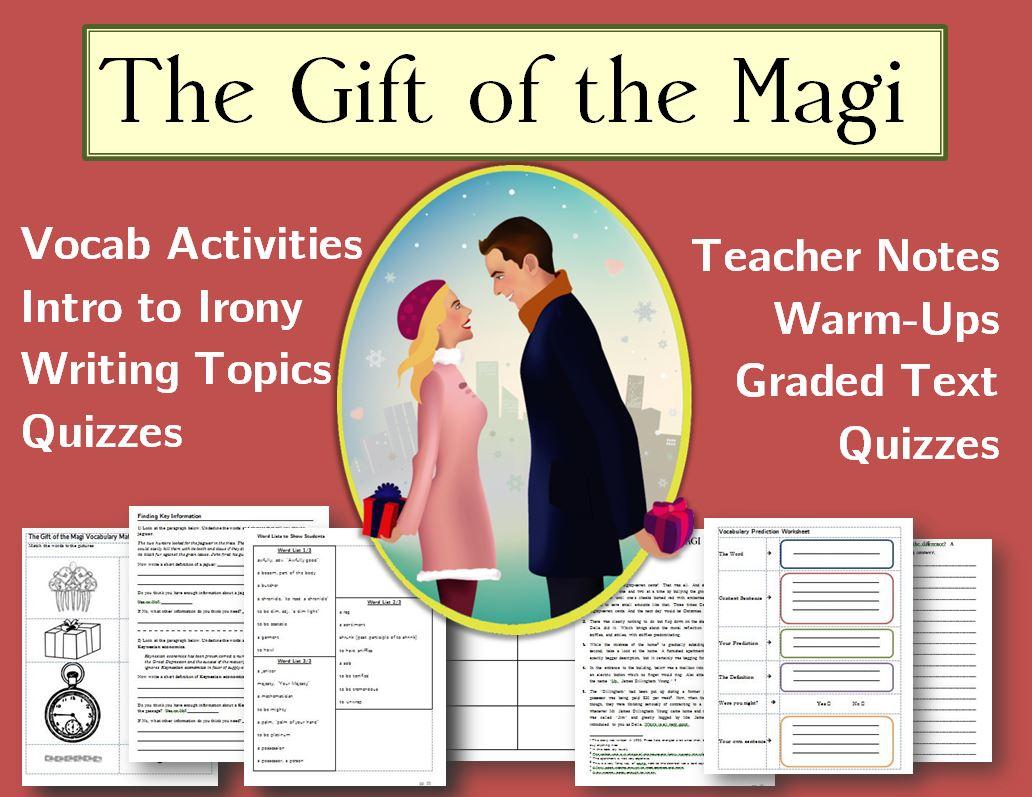
The Gift of the Magi Packet
This 100+ page “Gift of the Magi” lesson and activity plan packet has taken me years to compile! I’m pretty proud of it! “The Gift of the Magi” by O. Henry is without a doubt […]
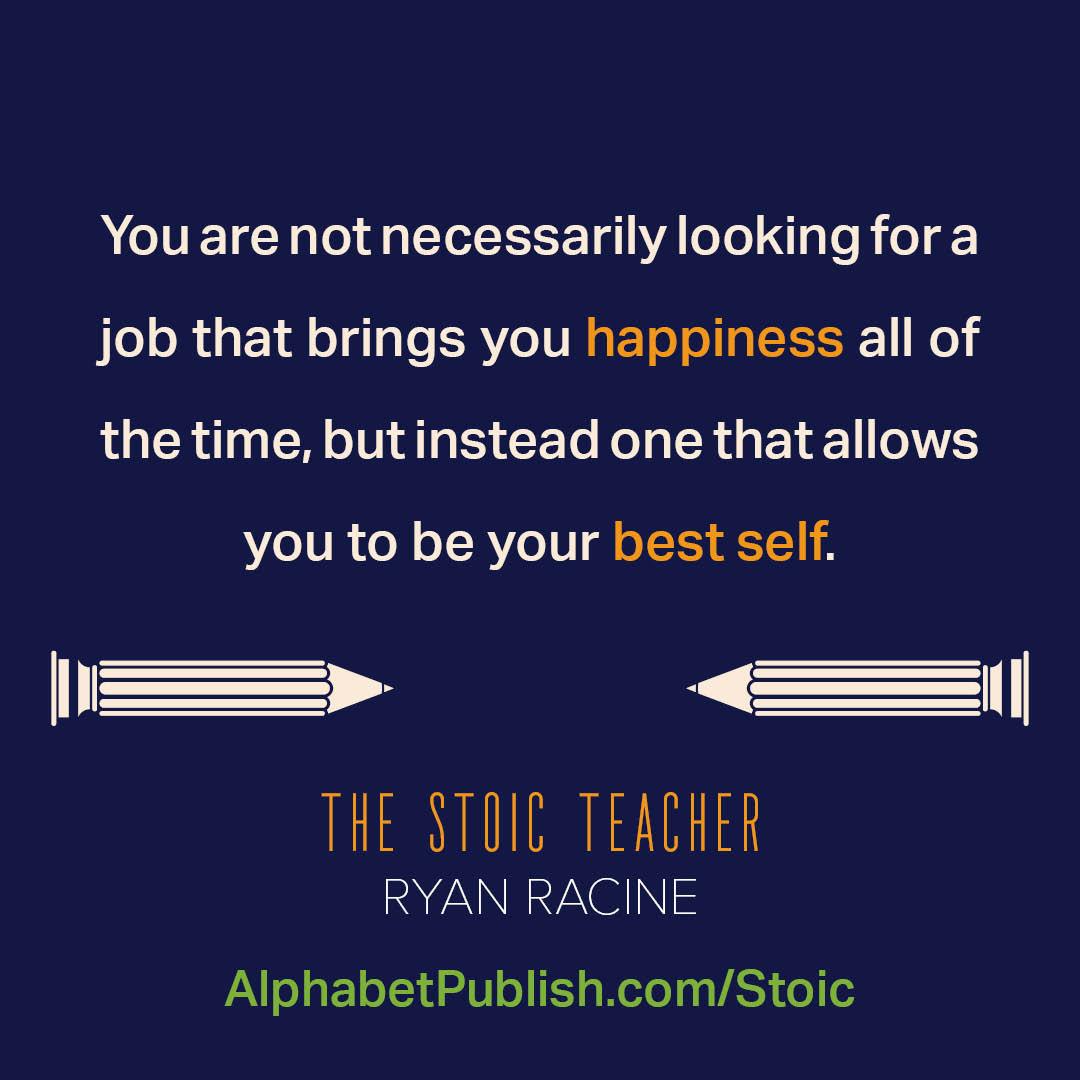
Is Stoicism Relevant to Teaching?
When Ryan contacted me about publishing his book, The Stoic Teacher, I was intrigued. I had heard of Stoicism, but I didn’t know much about it. I always associated it with keeping a stiff upper lip, a kind […]

How to Read EPUBS
I get a lot of questions from customers who download our ebooks in EPUB format, and want to know how to read EPUBs. When you buy ebooks through the Kindle store or iBooks or a […]
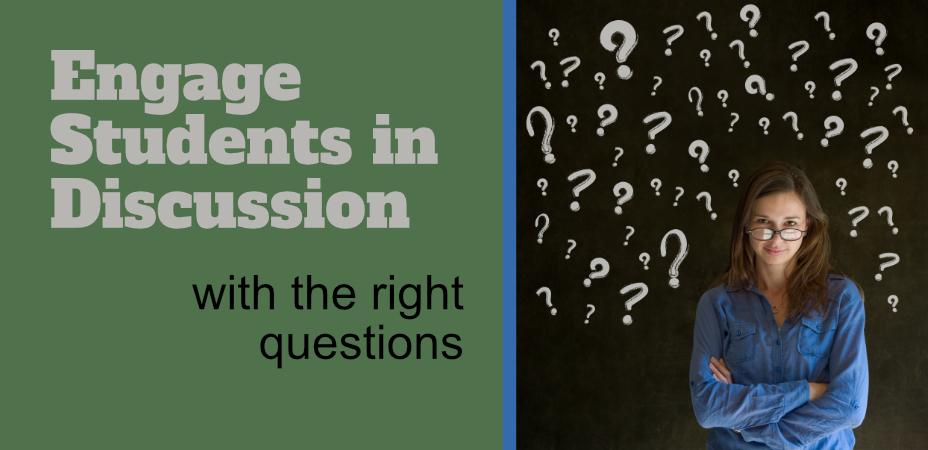
Engage Students in Discussion With the Right Questions
Asking questions happens to be one of my favorite things to do. I used to run a discussion club in Kazakhstan where students could just come and chat about some topic or another. It was […]

